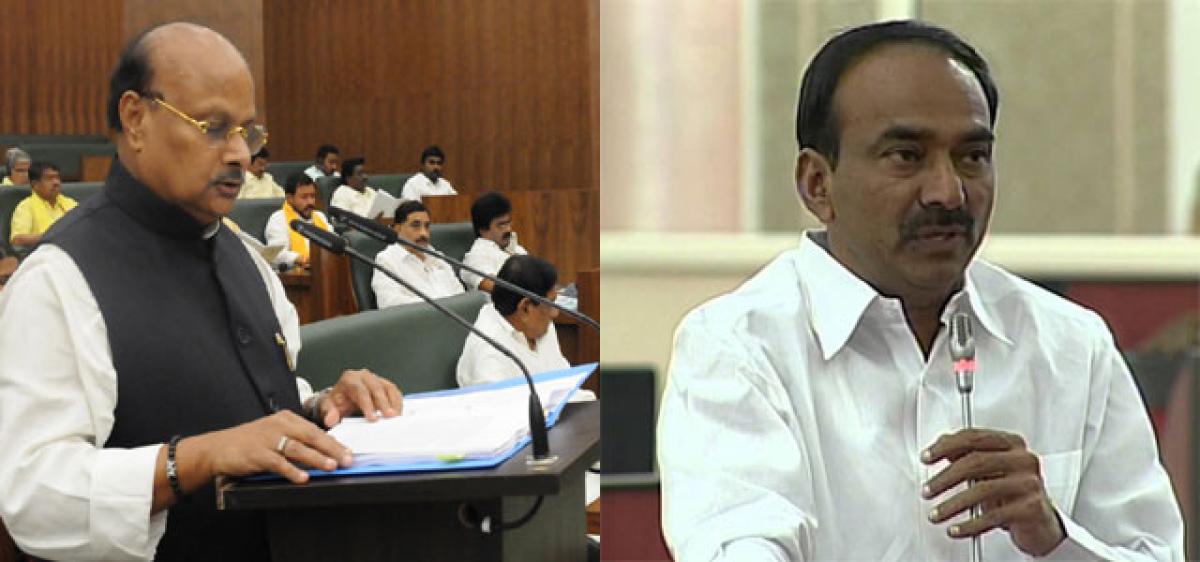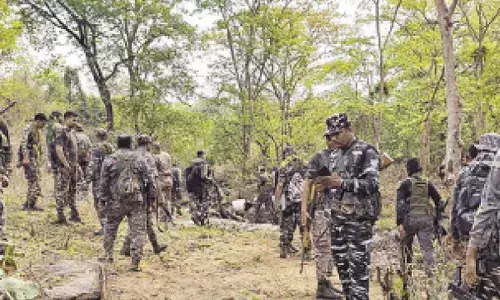Politics and macroeconomics

During the debate on the bifurcation of state, the often repeated argument was that smaller states would dampen growth as it inflicts huge fiscal stress. The burgeoning non-plan expenditure due to reorgansiation would contribute to fiscal stress.
During the debate on the bifurcation of state, the often repeated argument was that smaller states would dampen growth as it inflicts huge fiscal stress. The burgeoning non-plan expenditure due to reorgansiation would contribute to fiscal stress.
But, contrary to the alarmist predictions, both the states, Telangana and Andhra Pradesh, continue to surge on various macroeconomic parameters. Both the states recorded double digit growth in the Gross Sate Domestic Product (GSDP), which is higher than the all India growth rate. The size of the total budget for each state is around one-and-a-half lakh crores. It means the total budget of the two states is phenomenally higher than that of the united state budget.
The impressive growth performance of both the states is all the more significant given the negative impact of demonetisation on the fiscal resources of states and negative impact of migration to GST on states’ resources in the short term.
Andhra Pradesh posted a growth rate of 11.61 per cent during 2016-17 as against 10.1 per cent in Telangana. This is much higher than the projected national growth rate of 7.1 per cent. The macro-economic performance of Andhra Pradesh that predicted devastating fiscal consequences due to bifurcation is further noteworthy.
The economic data does not match the political rhetoric. Of course, Telangana leadership has all along been claiming that the state will witness a fiscal and economic boom once separated. Even the budget speech of Telangana Finance Minister emphasises the point that true to their belief and claims, the state‘s economy is surging post-bifurcation. Notwithstanding the claims that government’s polices led to accelerated growth, the economics and the politics of the state failed to reconcile, as per the official data put out on the eve of the budget.
The prominent argument of the opponents of bifurcation was that Telangana would be economically crippled due to power crisis-induced industrial stagnation or recession. But, the experience is otherwise. The budget speech of Telangana Finance Minister says that there has been a significant improvement in the growth of the industrial sector in constant prices from 0.6 per cent in 2013-14 to 7.5 per cent in 2016-17, because of the improvement in power availability.
Nailing down all the doomsday predictions, Andhra Pradesh continues to register an impressive performance in industrial and services sectors, too. Industrial sector recorded a growth of 10.05 per cent and services sector grew at 10.16 per cent during the year.
How should one understand the macro-economic trends? Does it mean that smaller states are an impetus to growth? Was the political chest beating over bifurcation only an empty rhetoric dished out by politicians to rouse emotions aimed at serving a political project? The only answer the ruling politicians offer is that the vision of the leadership could make a difference.
But, the political leadership failed to give this confidence during the high decibel debate on the merits and demerits of bifurcation.
This is not to advocate that all the arguments for and against bifurcation were wrong. The conclusion is that the politics of bifurcation contained more symbolism than substance.







